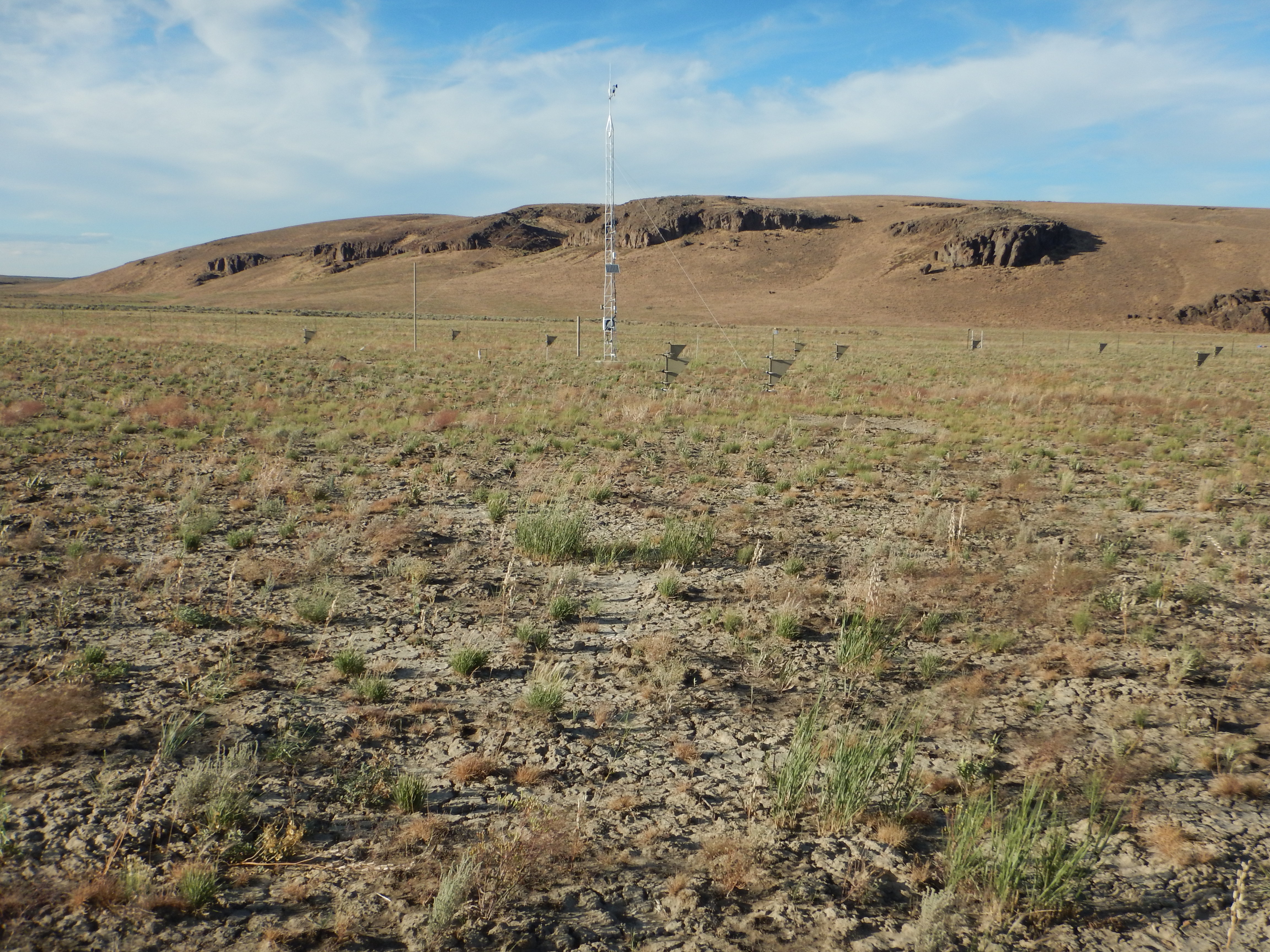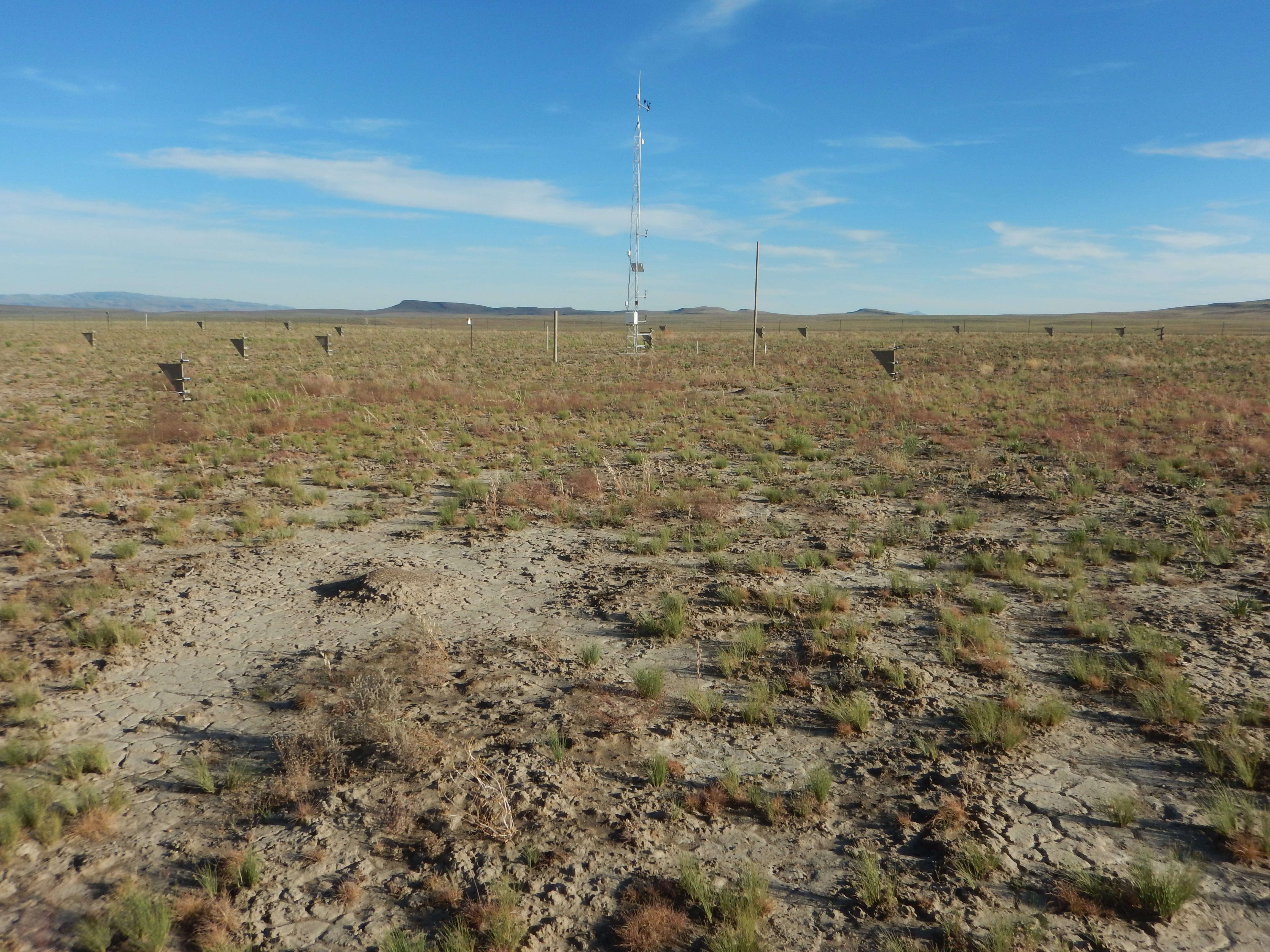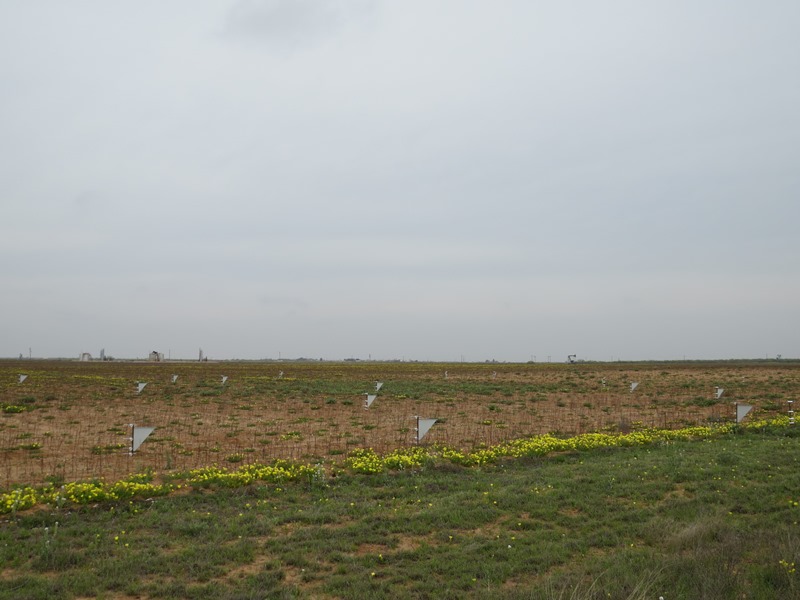Status - Active
Location - The Red Hills National Wind Erosion Research Network site is located in north central Nevada and is managed by the USDA-ARS Great Basin Rangelands Research unit in Reno, Nevada. The site is 30 km northeast of Paradise Valley, Nevada, at an elevation of 1725 m above sea level. The geographic setting is on the footslope of a fan remnant within a complex mix of low hills and alluvial fans, approximately 10 km east of the Santa Rosa Mountains in the Humboldt-Toiyabe National Forest.
Climate - Red Hills has a semi-arid climate. The mean annual precipitation is about 200 mm, with the majority occurring as winter snow. Summers are warm and dry. Mean annual temperature ranges from 7 to 10 degrees C.
Vegetation and soil - In early July 2018, the Martin Fire in northern Nevada burned nearly 100% of the surrounding landscape of Red Hills. Prior to the fire there was no specific information on vegetation species composition in the area. The range fire was hot and burned even the oldest, thick shrub stems down to 1 cm in height. A few small, local unburned patches of vegetation, and analysis of burned remnants, indicated that Wyoming big sagebrush (Artemisia tridentata Nutt. ssp. wyomingensis Beetle & Young), yellow rabbitbrush (Chrysothamnus viscidiflorus (Hook.) Nutt., spiny phlox (Phlox hoodii Richardson), basin wildrye Leymus cinereus (Scribn. & Merr.) Á. Löve), bottlebrush squirreltail (Elymus elymoides (Raf.) Swezey), and Sandberg bluegrass (Poa secunda J. Presl) were probably the dominant species. Since the fire, many annual and perennial forbs have been recorded as well. Surface soils are loams, and biological crusts were common on the site before the burn. Subsurface soils are clay loams with little gravel. A duripan occurs at > 1 m depth.
Management - Rangeland, grazed by cattle and wild horses. The Bureau of Land Management (BLM) office in Winnemucca, Nevada manages grazing at this site.
Site Contact - Beth Newingham
 |
 |
| Photos of the Red Hills (ARS) Network site. | |





